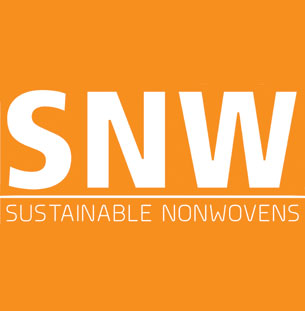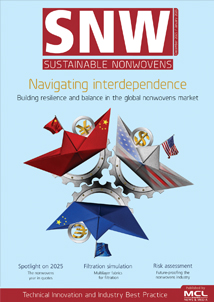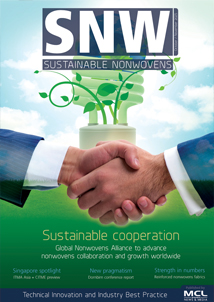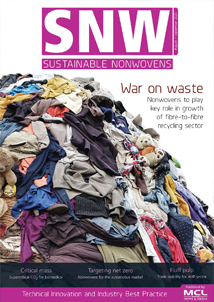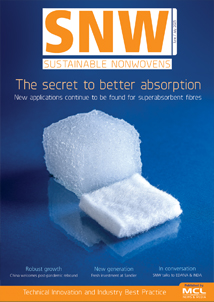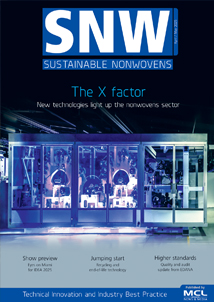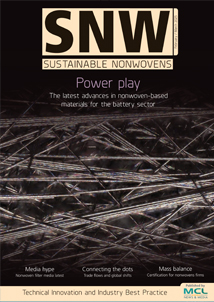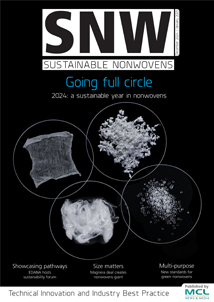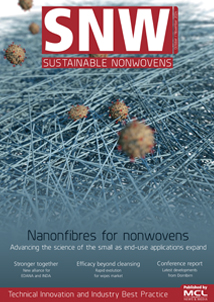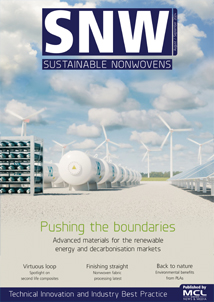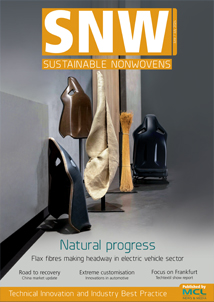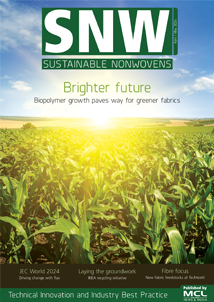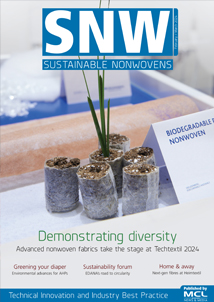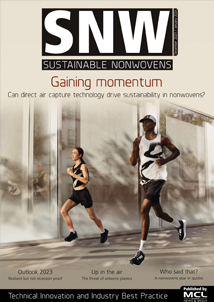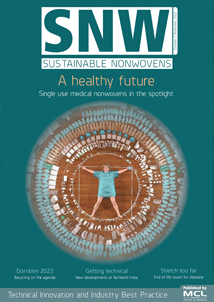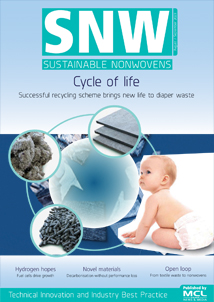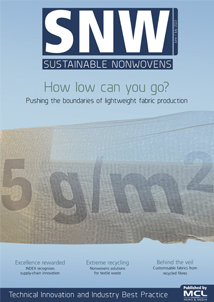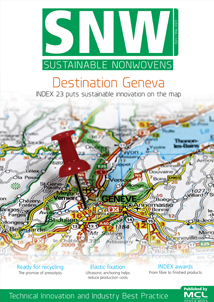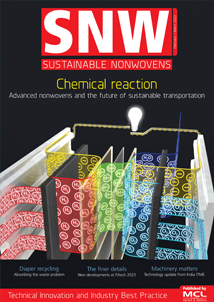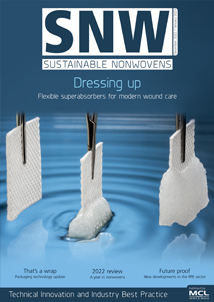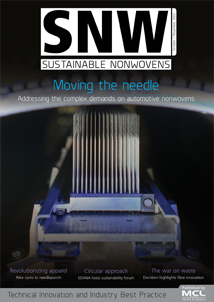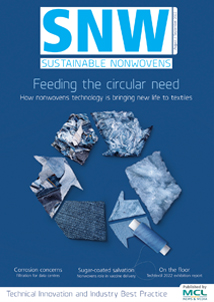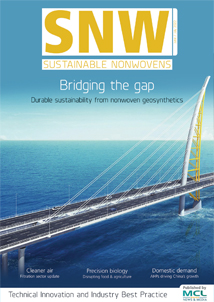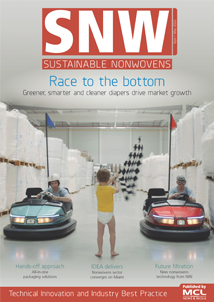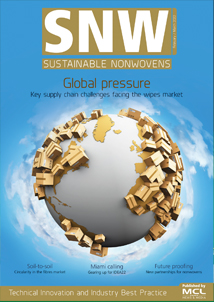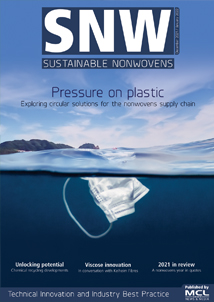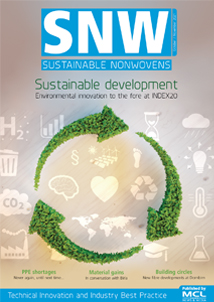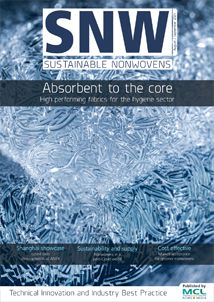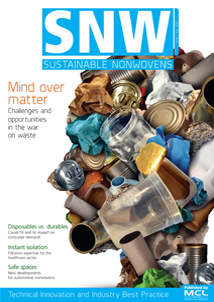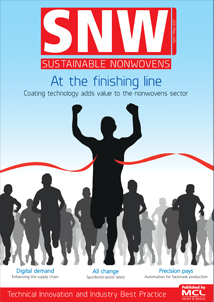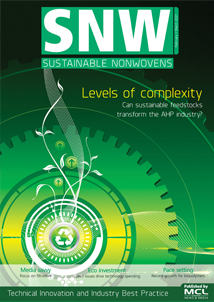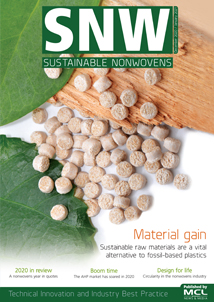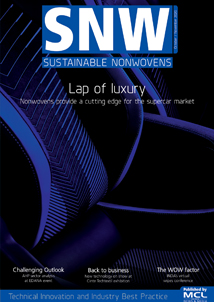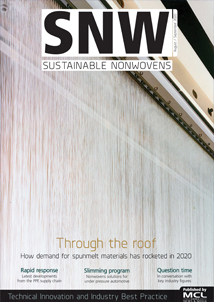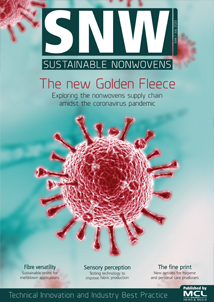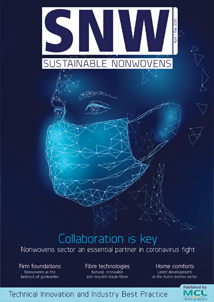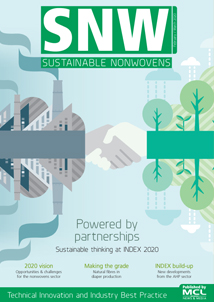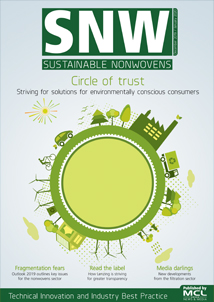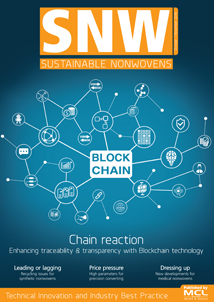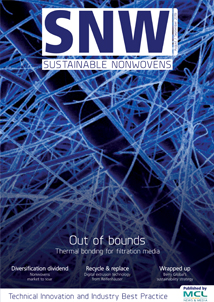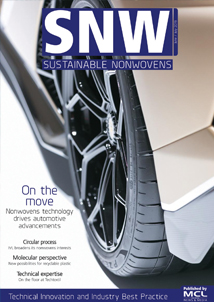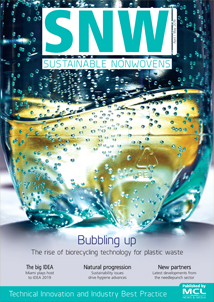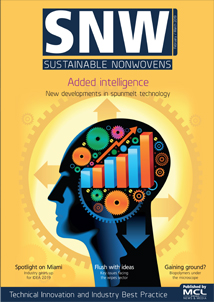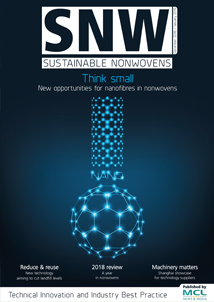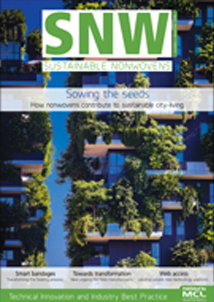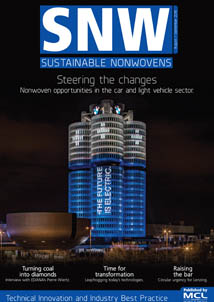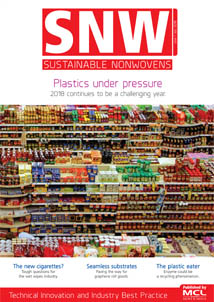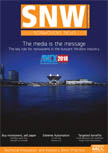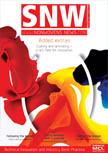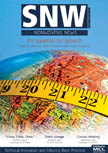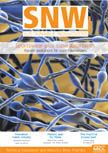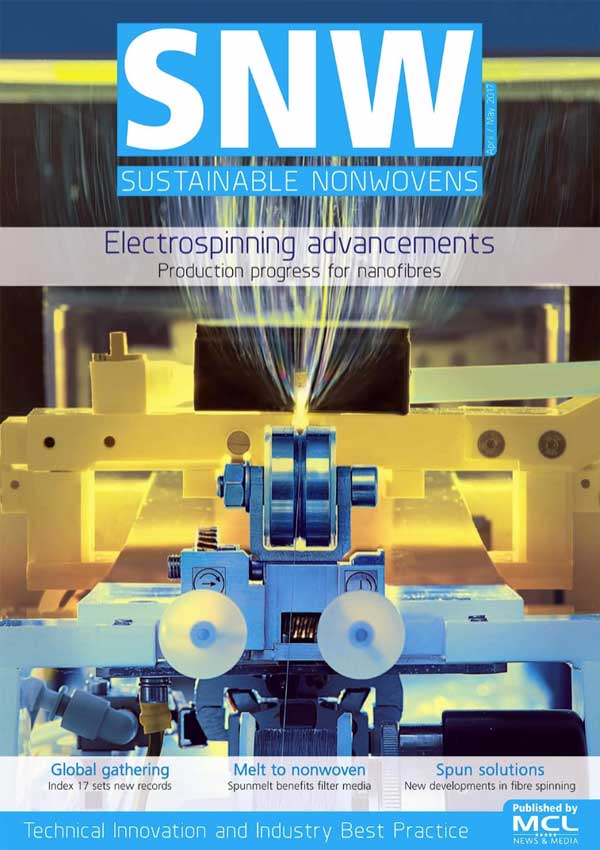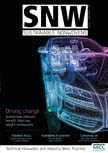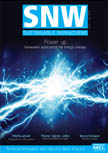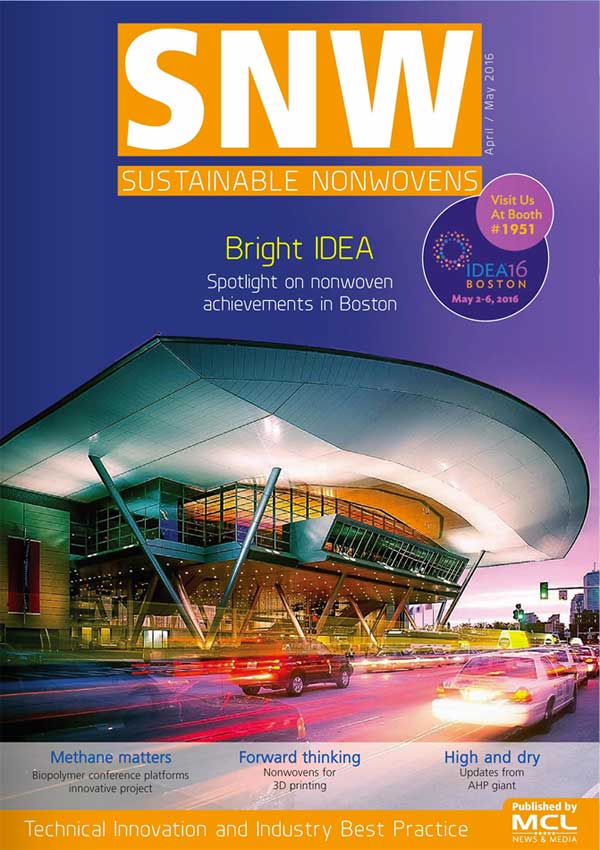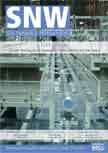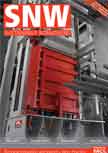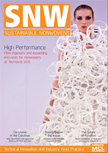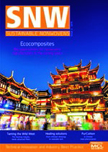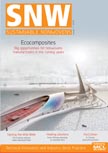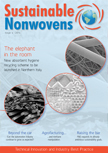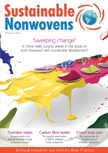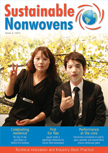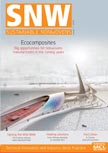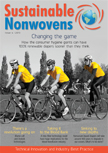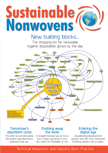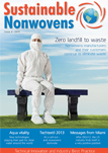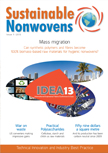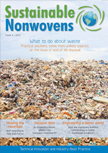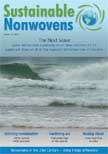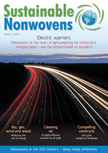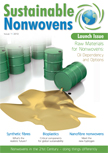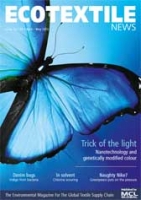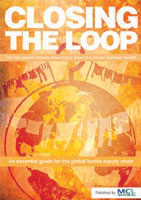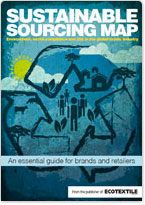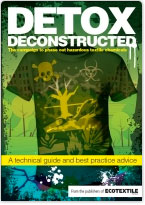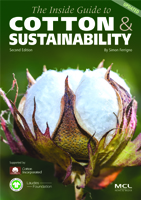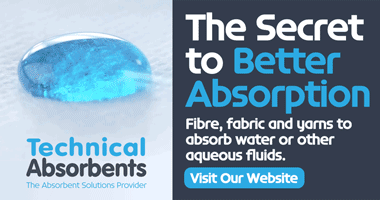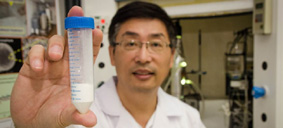 Some extraordinary claims are being made for a new, low cost nanofibre material dubbed Multi-use Titanium Dioxide (TiO2) and developed at Nanyang University in Singapore.
Some extraordinary claims are being made for a new, low cost nanofibre material dubbed Multi-use Titanium Dioxide (TiO2) and developed at Nanyang University in Singapore.
It can, it is said, generate hydrogen, produce clean water and even create energy. It can also be employed to desalinate water, help recover energy from desalination waste brine, serve as a flexible solar cell and double the lifespan of lithium ion batteries. With its superior bacteria-killing capabilities, it could also be used to develop a new type of antibacterial bandage.
Scientists led by Associate Professor Darren Sun have turned titanium dioxide crystals into patented nanofibres which can be easily fabricated into patented flexible filter membranes which include a combination of carbon, copper, zinc or tin, depending on the specific end product needed.
Titanium dioxide is a cheap and abundant material, which has been scientifically proven to have the ability to accelerate a chemical reaction (photocatalytic) and is also able to bond easily with water (hydrophilic).
More than 70 scientific papers on Prof Sun’s work in titanium dioxide have been published in the last five years, the latest in Water Research, Energy and Environmental Science, and Journal of Materials Chemistry.
Professor Sun said such a low-cost and easily produced nanomaterial is expected to have immense potential to help tackle ongoing global challenges in energy and environmental issues.
With the world’s population expected to hit 8.3 billion by 2030, there will be a massive increase in the global demand for energy and food by 50 per cent and 30 per cent for drinking water.
“While there is no single silver bullet to solving two of the world’s biggest challenges – cheap renewable energy and an abundant supply of clean water – our single multi-use membrane comes close, with its titanium dioxide nanoparticles being a key catalyst in discovering such solutions,” Prof Sun said. “With our unique nanomaterial, we hope to be able to help convert today’s waste into tomorrow’s resources, such as clean water and energy.”
Prof Sun’s multi-use titanium dioxide can:
1. Concurrently produce both hydrogen and clean water when exposed to sunlight.
2. Be made into a low-cost flexible filtration membrane that is anti-fouling.
3. Desalinate water as a high flux forward osmosis membrane.
4. Recover energy from waste desalination brine and wastewater.
5. Be made into a low-cost flexible solar cell to generate electricity.
6. Double a the life of a lithium ion battery when used as an anode.
7. Kill harmful microbials, leading to new antibacterial bandages.
Formation
Prof Sun had initially used titanium dioxide with iron oxide to make anti-bacterial water filtration membranes to solve biofouling – bacterial growth which clogs up the pores of membranes, obstructing water flow.
While developing the membrane, his team also discovered that it could act as a photocatalyst, turning wastewater into hydrogen and oxygen under sunlight while still producing clean water. Such a water-splitting effect is usually caused by platinum, a precious metal that is both expensive and rare.
“With such a discovery, it is possible to concurrently treat wastewater and yet have a much cheaper option of storing solar energy in the form of hydrogen so that it can be available any time, day or night, regardless of whether the sun is shining or not, which makes it truly a source of clean fuel,” said Prof Sun. “As of now, we are achieving a very high efficiency of about three times more than if we had used platinum, but at a much lower cost, allowing for cheap hydrogen production. In addition, we can concurrently produce clean water for close-to-zero energy cost, which may change our current water reclamation system over the world for future liveable cities.”
Hydrogen is a clean fuel which can be used for automotive fuel-cells or in power plants to generate electricity.
Hydrogen and clean water
This discovery, which was published recently in the academic journal, Water Research, showed that a small amount of nanomaterial (0.5 grams of titanium dioxide nanofibres treated with copper oxide), can generate 1.53 millilitre of hydrogen in an hour when immersed in one litre of wastewater. This amount of hydrogen produced is three times more than when platinum is used in the same situation.
Depending on the type of wastewater, the amount of hydrogen generated can be as much as 200 millilitres in an hour. Also to increase hydrogen production, more nanomaterial can be used in larger amounts of wastewater.
Osmosis membranes
Not only can titanium dioxide particles help split water, it can also make water filter membranes hydrophilic – allowing water to flow through it easily, while rejecting foreign contaminants, including those of salt, making it perfect for desalinating water using forward osmosis. Thus a new super high flux (flow rate) forward osmosis membrane is developed.
This discovery was published recently in last month’s journal of Energy and Environmental Science. This is the first such report of TiO2 nanofibres and particles used in forward osmosis membrane system for clean water production and energy generation.
Antibacterial bandages
With its anti-microbial properties and low cost, the membrane can also be used to make breathable anti-bacterial bandages, which would not only prevent infections and tackle infection at open wounds, but also promote healing by allowing oxygen to permeate through the plaster.
The membrane’s material properties are also similar to polymers used to make plastic bandages currently sold on the market.
Flexible solar cells
Prof Sun’s research projects have show that when treated with other materials or made into another form such as crystals, titanium dioxide can have other uses, such as in solar cells.
By making a black titanium dioxide polycrystalline sheet, Prof Sun’s team was able to make a flexible solar-cell which can generate electricity from the sun’s rays.
Lithium ion batteries
Concurrently, Prof Sun has another team working on developing the black titanium dioxide nanomaterial to be used in lithium ion batteries commonly used in electronic devices.
Preliminary results from thin coin-like lithium ion batteries have shown that when titanium dioxide sphere-like nanoparticles modified with carbon are used as the anode (negative pole), it can double the capacity of the battery. This gives such batteries a much longer lifespan before it is fully drained. The results were featured prominently in Journal of Materials Chemistry.
Commercialisation
Prof Sun and his team of 20, which includes six undergraduates, 10 PhD students and four researchers, are now working to further develop the material while concurrently spinning off a start-up company to commercialise the product.
They are also looking to collaborate with commercial partners to speed up the commercialisation process.
